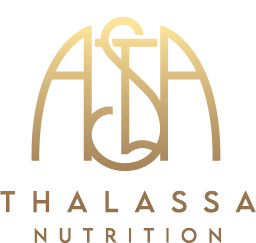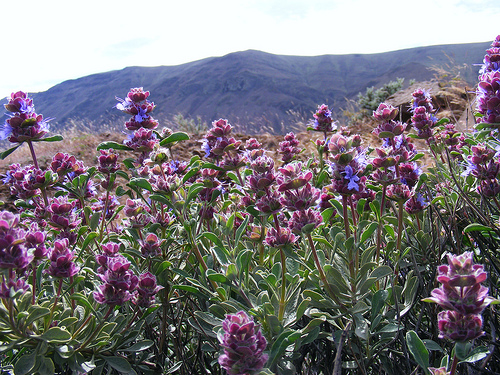ALL LIFE on this planet is chemistry. There are two sides of chemistry: acid and alkaline. Hot is acidic. Cold is alkaline.
There are two systems of fluid in the body: the blood and lymphatic fluid. The blood is alkaline and must maintain a critical alkaline balance. The lymphatic fluid is acidic.
Essentially, there is only ONE DISEASE. It is (SA) systemic acidosis. Diseases/conditions are simply labels assigned to a set of symptoms by the current medical modality to legally treat them with chemicals and other often harmful treatments. There is no cure in treatment-based thinking because it does not address the root cause(s).
Diseases are treated as separate entities when, in fact, they don’t exist at all. Why? All disease is SYSTEMIC. When you detox your body, you experience this eye-opening TRUTH for yourself. “You can’t keep one disease and heal two others. When the body heals, it heals everything.” – Charlotte Gerson
Our bodies are extremely ACIDIC from a lifetime of consuming acid and mucus-forming foods. We also inherit a compromised lymphatic system at birth as well as inherited organ and glandular weaknesses. This is the reason for childhood diseases.
Eating a raw food, plant-based diet heals the body because raw foods are on the alkaline side of chemistry. ACIDS always need ALKALINE to neutralize.
Examples of ALKALINE- forming foods are fresh, raw, pesticide-free fruits, berries, melons, greens and veggies. Just because a food tastes acidic, doesn’t mean it is an acid food in the body once digested. An example of this would be the lemon. Lemons are extremely alkaline, but taste acidic. Alkaline-forming foods cool, soothe, and clean allowing the body to heal itself.
Cooked dead animal flesh, dairy, grains, starches, processed foods, alcohol, coffee, soda are examples of ACID-forming foods. Dairy is acidic and mucus-forming. Starches are acidic and mucus-forming. The standard American diet is EXTREMELY acidic.
What is an acid-ash food? According to the Academy of Nutrition and Dietetics, a food is considered an “acid-ash” food based on the ash produced after the combustion of foods under laboratory conditions. Combustion is meant to be comparable to what would occur through metabolism within the body and is used to suggest which foods will produce the desired “ash.” Essentially, it’s what is left of what you eat in your body after digestion.
ACIDS come from cells (acid waste) as they consume and eliminate their nutrition from the blood. They discharge their waste in the body’s septic system, your lymphatic system. The lymphatic system is your body’s gigantic sewer system / immune system / lipid carrier system / lubricating system. Your lymphatic system is an estimated 67% of the fluid in your body, and is almost three times larger than the blood. If your body is not removing acids, they will find a home in your joints, organs, glands, nerves, bones and tissues – anywhere in your body.
The elimination channels for lymphatic waste are the kidneys, the bowels, the lungs and the skin. When the body is compromised by stagnant acids and you have not been eliminating them because you have lost filtration through your kidneys (the main elimination channel for lymphatic waste) because they have been damaged by acids as well, you now have systemic acidosis.
When you remove the obstructions to the flow of energy found in your lymphatic system, your disease symptoms will cease to exist. These include (but are not limited to) parasites, yeasts, fungi, warts, viruses, bacteria overloads, worms of all types, flukes, molds, metals, sulfur accumulation, spirochetes, damaged cells, gases, ureas, salts, fats, glucose, excessive unused proteins, hormones, steroids, enzymes, chemical toxins and medications, unused nutrients …esp. artificial vitamins, etc. It’s not about the bacteria. It never was. Like mosquitoes to a swamp, it’s about what they are attracted to…the terrain…a filthy, stagnant, sewer.
Acids literally make your fluids anionic and coagulated and thick. Acids are HOT. They burn and destroy tissue. Acids chew bone. Acids ravage your body with pain and decay. Acids make your body hard as a rock.
In order to heal, you must create hydration and an alkaline environment in the body to heal the kidneys, and to fight off the acids that will damage every other part of the body, from the top of your head to the tip of your toes.
Water will not hydrate the cells interstitially (around the cells). Lymphatic fluid is a lipid-based fluid. A backed up lymphatic system is full of sticky, gooey, gummed up, coagulated, clogged up, lymph. Ever cough up a hard ball of mucus?
If you need to heal your body, a diet of 100% alkaline-forming foods is recommended. Astringent fruits, berries, melons are the optimal cleansers and scrubbers of the body’s lymphatic/sewer system.
Fruits don’t heal the body. The body heals the body. It needs time and energy to heal. Fruits digest fastest of all the foods giving the body the time it needs away from digestion, which requires a huge amount of energy from the body. Fruits are also the the highest vibration, highest energy foods on the planet. They give the body strength while providing energy to heal. Fruits contain amino acids (the building blocks that make protein in the body), essential fatty acids (not fats or oils which the body does not require) and simple sugars (carbohydrates) which the body needs to thrive. Fruits’ astringent properties enable them to break up hardened lymph and visibly move it out of the body. The body must get rid of weak, dying and dead cells in order to rebuild and replace them with new, healthy cells. In his own clinical studies, Dr. Morse’s own clinical studies have shown that fruit will regenerate brain and nerve tissue, whereas vegetables will not.
Alkalize the body. Alkalizing the body creates balance allowing the body to heal and regenerate. The choice is yours. Change your diet and heal yourself or continue to consume the foods that are literally killing you.





